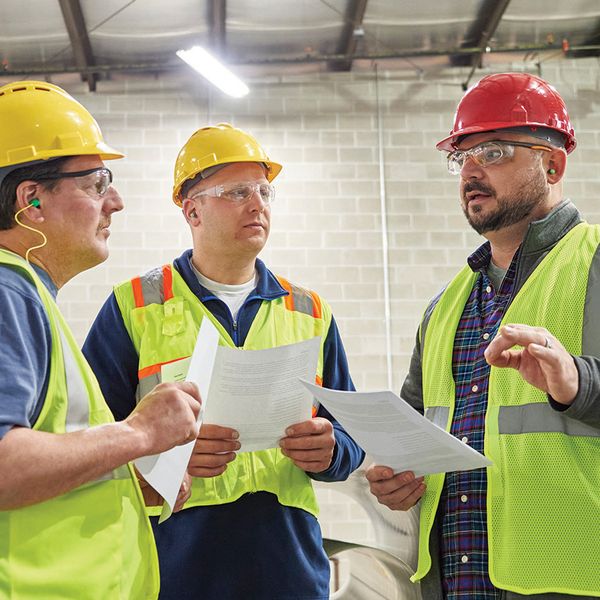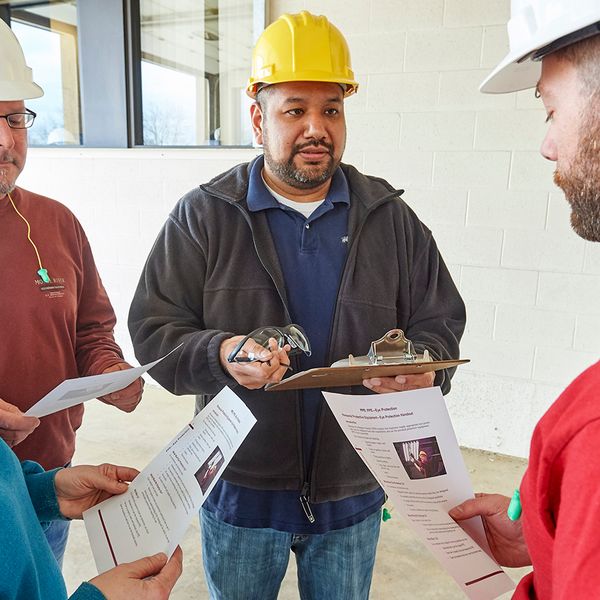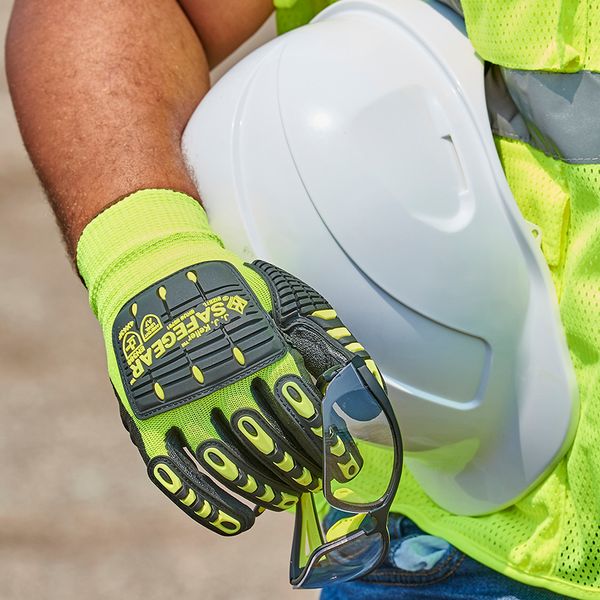Decade-old survey still accurate about PPE compliance
After more than a decade of personal protective equipment (PPE) advancements, results from a survey performed in 2011 are still largely accurate. A survey conducted by Kimberly-Clark Professional reviewed observations performed by 119 EHS professionals. 27 of the EHS professionals reported they observed PPE compliance violations on multiple occasions. 89% of workers were observed not wearing personal protective equipment when required.
Eye and face protection violations were the eighth most frequently cited OSHA standards during 2021 in the construction industry. Respiratory protection was the second most commonly cited standard in general industry, with the first being fall protection (like using fall protection harnesses) in construction.
What’s in it for workers?
Workers should want to live a quality life free from injuries and health issues, right? Well, if they don’t use PPE, injuries and illnesses may result from contact with chemical, radiological, physical, electrical, mechanical, or other workplace hazards. How about later in life — wouldn’t they want to be healthy during retirement?
Using PPE can seem simple. Put on safety glasses, wear gloves, use steel-toe shoes, or put in earplugs. The reality is much more complicated than that. Injuries related to PPE often stem from wearing the wrong type of equipment for the task, not wearing the PPE correctly, or not wearing the equipment because it wasn’t clear what was needed.
Let’s wade through facts versus myths regarding some common PPE compliance issues.
Duty to provide and pay for
Do employers need to always pay for their worker’s PPE?
Generally – yes, they do need to pay for PPE. There are several exceptions, though. The first exception addresses non-specialty prescription safety eyewear and non-specialty safety-toe protective footwear. The second exception relates to metatarsal protection. A third exception is for logging boots. And the fourth exception relates to everyday clothing.
An often misunderstood fact is that employers also don’t need to pay for PPE that’s intentionally lost or damaged by employees per OSHA 1910.132 (h)(5).
Using the right equipment
Don’t workers need to assess their work areas and select the proper PPE to use?
Employers are responsible for surveying the workplace to determine if any hazards are present that would necessitate the use of PPE. Having gathered and organized data on a workplace, an estimate of the potential for injuries should be made and what kinds of PPE will be necessary to protect workers.
Each hazard should be reviewed, and a determination made as to the type, level of risk, and seriousness of potential injury from each of the hazards found in the area. While conducting this assessment, employers often forget to include workers’ viewpoints.
Including workers during the evaluation is an easy way to ensure proper fitting PPE is chosen that workers will use! OSHA 1910.132 (d)(1)(ii) requires that employers select PPE for workers that fit properly.
PPE training
Is it true that employers don’t always need to train workers how to use PPE – especially when it should be common sense how to use it?
Workers have to know how to use PPE. The training requirements in OSHA’s general rule on PPE apply only to protective clothing along with:
- Eye and face protection,
- Head protection,
- Foot protection, and
- Hand protection.
One of the unique aspects of the training requirements and often misunderstood, is that before employees can be allowed to do work requiring PPE, they have to demonstrate an understanding of the training and the ability to use the equipment properly.
Key to remember
PPE helps workers get home safely daily and protects them from injury and illnesses. Understanding PPE requirements, using the right equipment, and learning how and when to use PPE is essential to protecting against injury and illness.



















































